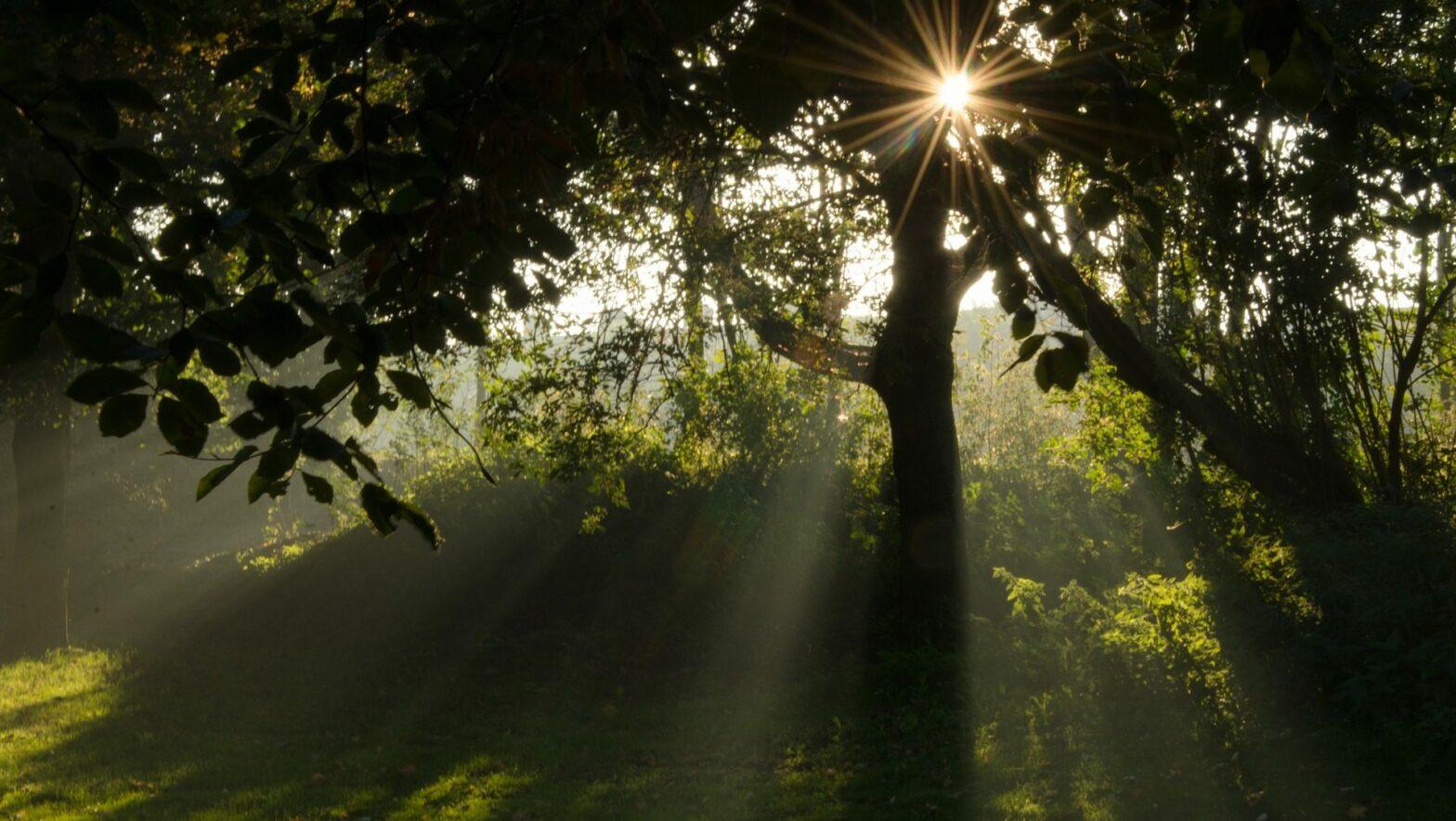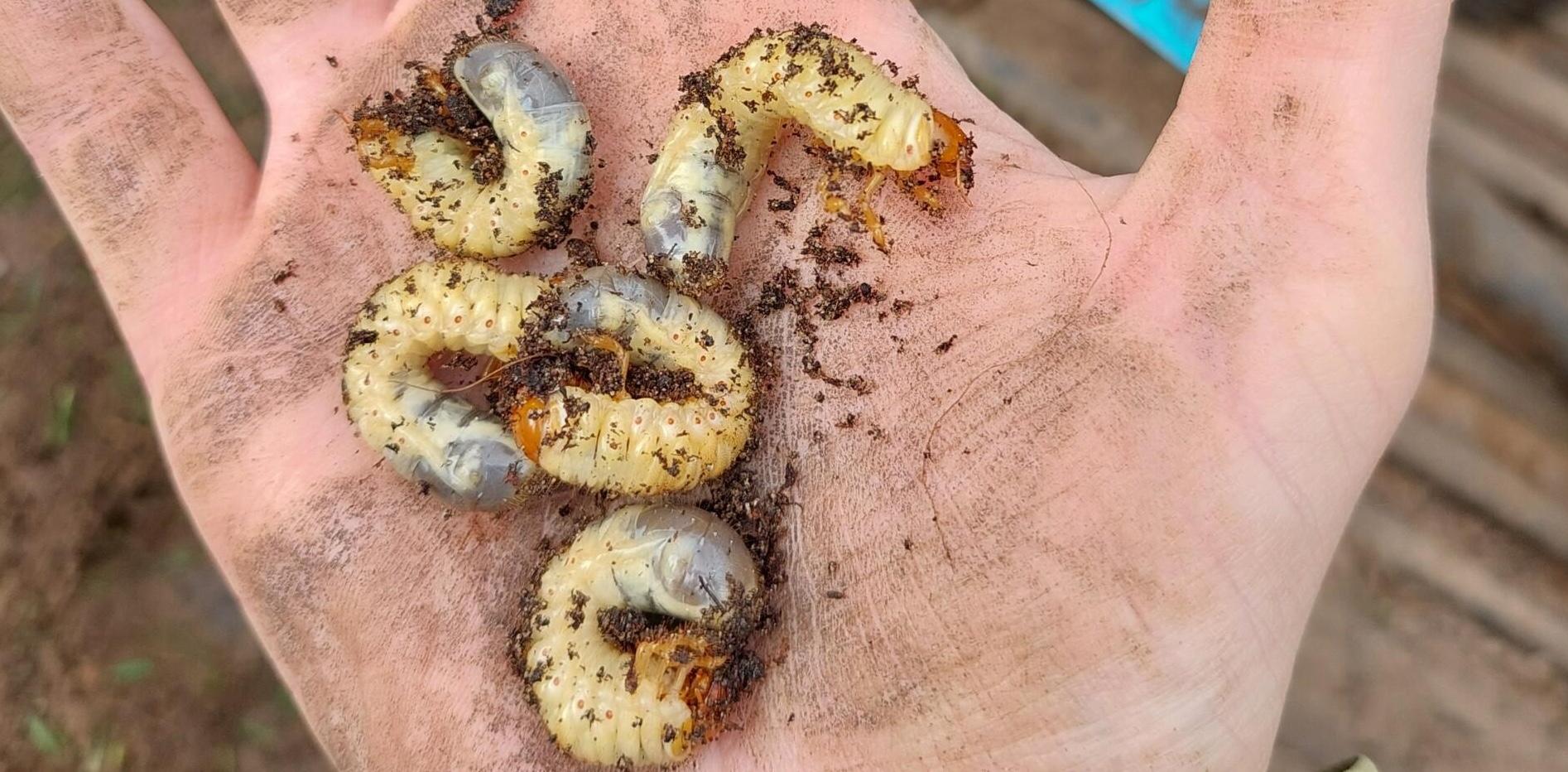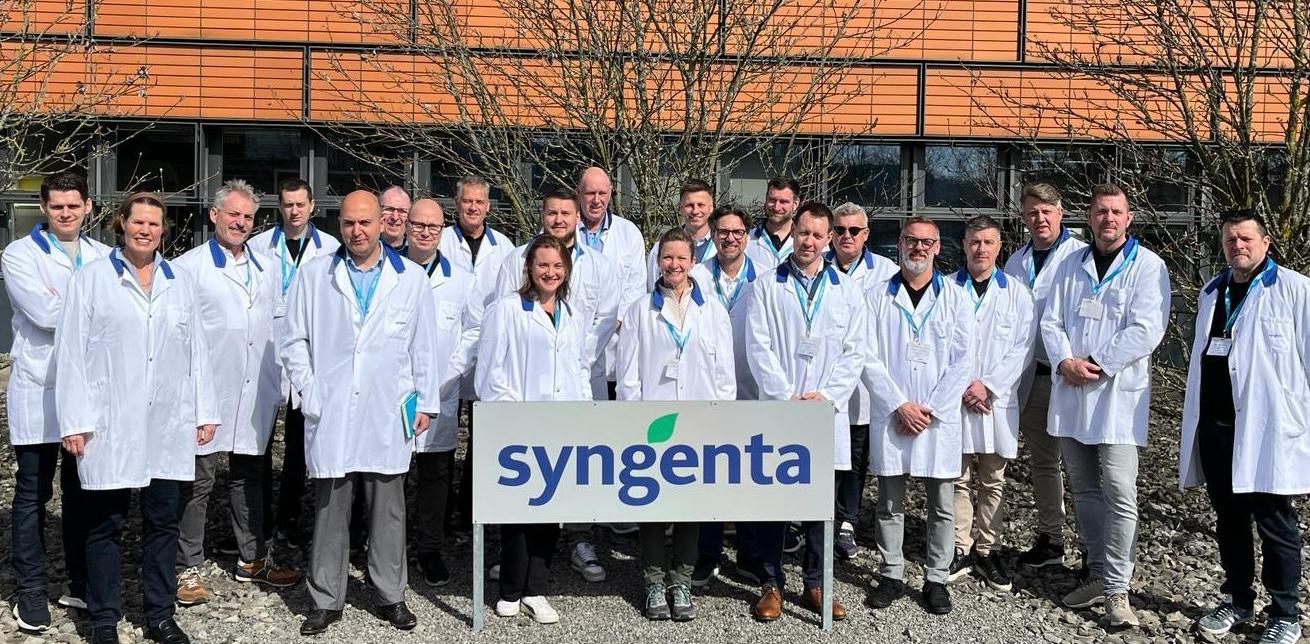Below are two graphs show light levels for all of 2018 and light levels so far in 2019. If you've read my last two blogs you'll have a pretty good idea what's going on and you can skip to the next section - if not here goes the simple version:
The green lines are good, The red lines are at best unutilised light and at worst damaging to the plant.

If you compare 2018 to 2019 you can see that the amount of negative light throughout May and June are far in excess of the the amount of light in the same period in 2019.

So how can that assist you in your day to day operations?
Understanding how much light is useful and how much is damaging can help you understand when is the appropriate time to impart a little stress on your putting surfaces and when it could get you into trouble.
If you're using some kind of additional supplementary lighting, understanding the periods of the day when you may gain advantage or do damage is crucial to improving your turf health.
By the way if you work for a company that sells supplementary lighting - I'd love to hear your perspective on this subject (drop me a line @ moc.atnegnys@ybrik.nnelg ) I'm more than happy to put a blog together with you to talk best practice whilst using lights.
So 2019 v 2018? My take on this is even if you had everything under control last season, you were on top of your moisture control and had everything else in hand the higher levels of light were certainly doing you no favours - possibly making things worse.
Anything you can do?
Yes - try to relieve the stress during these periods, lift heights of cut, keep moisture levels under control, carefully consider timings with aggressive operations such as verti cutting and top dressing. All of these are really important stress mitigation practices which should help you get through the season without dealing with any Anthracnose.
Ryder is proven to limit some of the harmful sun levels too, using it during these periods of intense light can take the plant through the season in a healthier condition. 2019 is it's first full year in the UK and many course managers are beginning to see the benefits.
When your assessing your levels of success with Ryder - please think about how this year compares to last, no two years are the same but you can pretty much guarantee light levels May through to September are going to far outstrip the levels of light needed by the plant.
Read about my first light blog and find out about micromoles and photosynthesis here.




